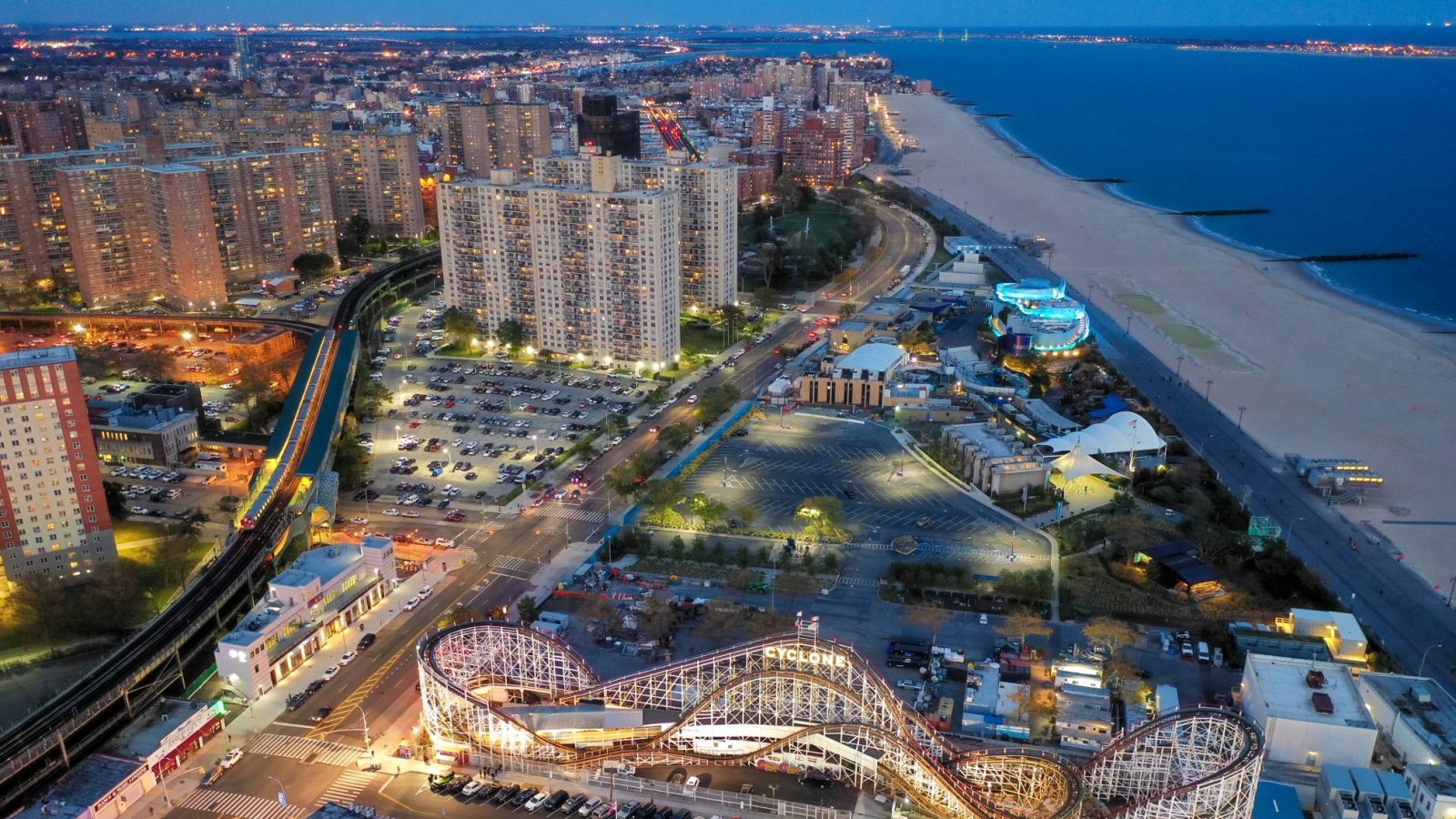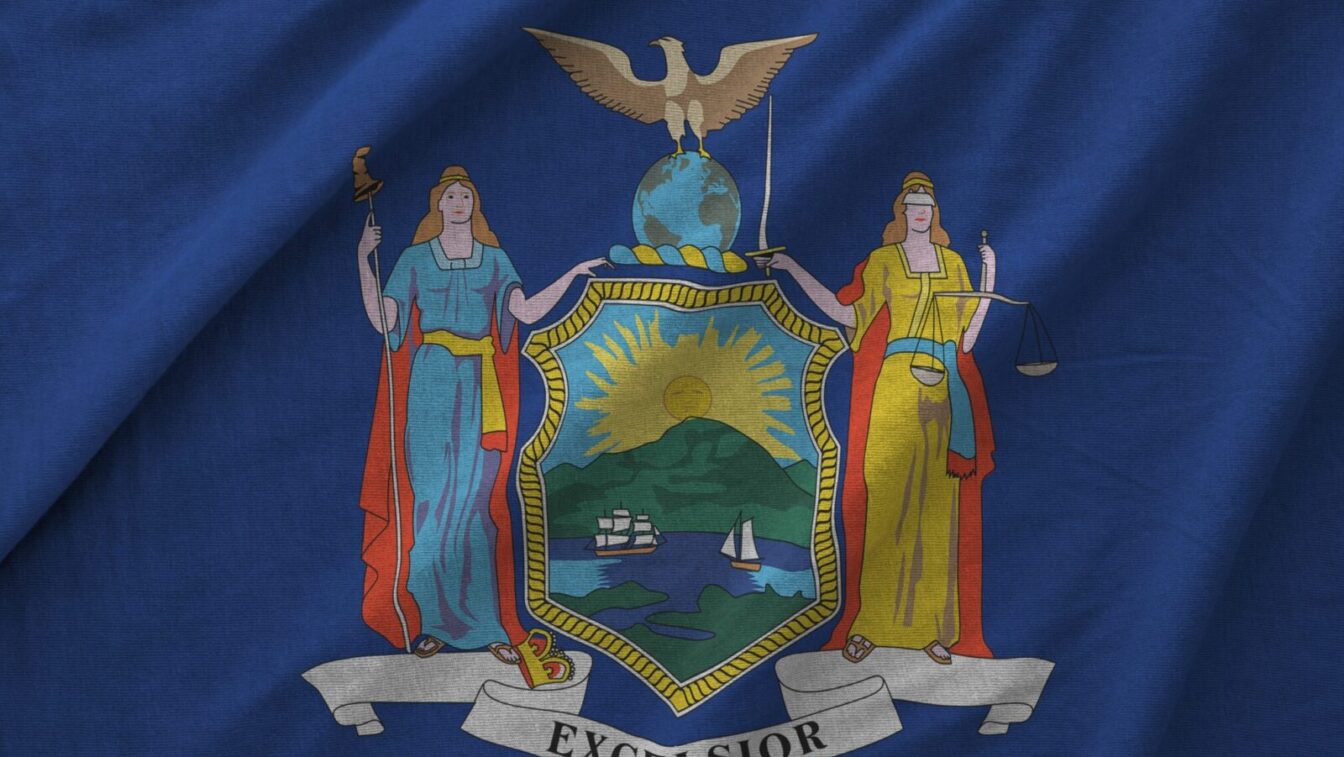The Coney Gets Land Use Application Approved By NYC Council
Brooklyn-based casino proposal clears a legislative hurdle with integral part of building plans
1 min

The application may be in, but there remains plenty of work to be done.
The Coney, one of eight proposals submitted to the New York State Gaming Facility Board to be considered for three downstate casino licenses available, announced Monday its Uniform Land Use Review Procedure (ULURP) was approved by the New York City Council.
The 36-11 vote with four abstentions came after two committees unanimously approved the plan for the proposed $3.4 billion entertainment and gaming complex to be located in the Coney Island section of Brooklyn.
“[Monday’s] vote continues to show that the more people learn about our project and the benefits it will bring, the more they like it,” said Melissa Gliatta, COO of Thor Equities, in a statement. “We now move one step closer to fulfilling a promise of economic transformation for Coney Island that includes the creation of thousands of jobs and a $200 million locally led community trust fund.”
The Thor Equities-fronted proposal is considered a longshot to land one of the three $500 million licenses, with MGM Empire City and Resorts World considered favorites to claim two of them. Additionally, there are three Manhattan-based proposals up for consideration among the eight applicants.
Air rights a key part of plan
The Coney continues to be a divisive proposal among local residents as City Council approval came despite Community Board 13 voting against changing land use rules last month. The Community Board’s vote, though, is only advisory in nature.
The ULURP passed by the City Council provides Thor Equities “air rights” on Stillwell Avenue between Wonder Wheel Way and Bowery on the property it intends to develop. That is a key part of The Coney proposal, which envisions two skybridges that connect the four blocks for development and construction atop Bowery.
Thor Equities is projecting The Coney to generate a $1.27 billion economic impact annually, with 4,000 union construction jobs and 4,500 “permanent good paying careers.” It expects to generate $300 million in overall annual tax revenue.






